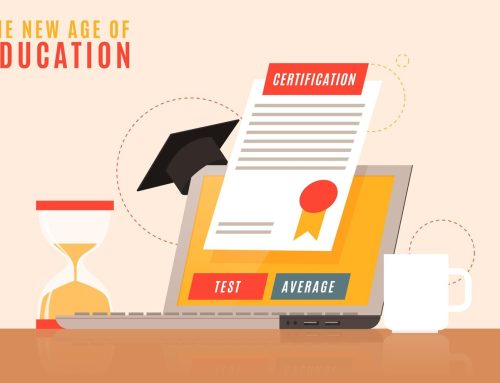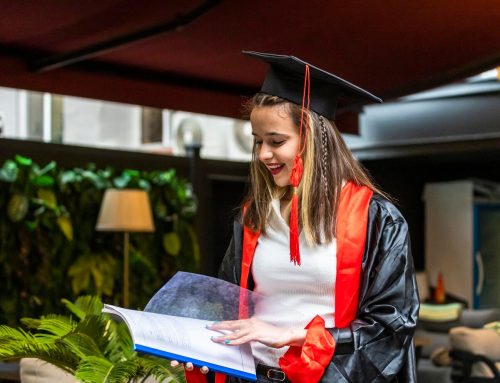What’s up, creative teachers?
To encourage a climate where understudies are self-roused and take genuine responsibility for learning, you’ll need to peruse each expression of this madly helpful blog entry.
It couldn’t be any more obvious, most instructors actually depend on the outdated hierarchical methodology with regard to laying out class arrangements
Not only is this completely demotivating for pupils, but it trains them to simply be rule-followers versus developing their own sense of discipline and accountability.
There’s a better way. One that transforms students from passive policy “receivers” into the drivers of the entire process. I’m talking about student-generated class policies.
When you put the rule-making into students’ hands, something powerful happens. They start viewing policies not as impostions but as mutually agreed-upon standards they had a voice in creating.
The end result? A classroom culture fueled by intrinsic motivation and self-direction. One where students enforce the rules…on themselves and each other.
That’s why I’ve put together an epically thorough guide on exactly how to facilitate student-generated policies. This is the step-by-step blueprint I’ve used in my own classes, created from years of experience and experimentation.
Here’s a small taste of what’s inside of Facilitating Student-Generated Class Policies:
– The underrated (but crucial) first step to getting buy-in before creating policies
– My criteria for deciding which “rules” make sense to open up for student input
– Proven facilitation strategies to encourage participation from your quietest students
– How to transition to a democratic model smoothly (without classroom anarchy)
– The secret to holding students accountable to policies they create
Drawing from the latest research in psychology and pedagogy, I’ll walk you through every aspect of making student-generated class policies work for you. From building a collaborative classroom culture to managing potential conflicts, it’s all here.
Whether you’re thinking, “Can someone do my classes for me?” or simply seeking innovative ways to improve your teaching, this guide is your ticket to a classroom where students thrive on self-discipline and mutual respect.
Let’s get started!
How Crucial Student Participation In Policymaking Is
Participating in class rule-making isn’t simply a trend—it’s a terrific teaching method. Let kids help in school policy decisions to offer them control and responsibility. Students who assist develop rules are more likely to follow them. Active participation helps them think critically and make excellent decisions, which is crucial for their future.
Why Student Policies Matter
Student policies are crucial because they follow democratic instruction. This strategy encourages kids to speak up and maintain their classroom. It fosters camaraderie and belonging, which improves classroom mood. It also prepares pupils for real-world situations that require collaboration and compromise.
Knowing The Pros And Cons
More Engagement And Motivation
Students feel more engaged and like they own class rules when they help make them. These extra efforts encourage pupils because they can see how their actions affect learning.
Improving Critical Thinking
Students learn problem-solving, critical thinking, and decision-making by formulating policy. Their personal, commercial, and academic life depend on these skills.
Classroom Management Improvement
Student policies often simplify class management. With a say, kids are more likely to follow the rules. This collaboration reduces discipline issues and improves classroom learning for everyone.
How To Implement Student Policies
Explain to your kids the importance of following the rules. Explain how these guidelines make the classroom courteous and useful. Make them consider the behaviors and attitudes that make the classroom enjoyable. Ask students to brainstorm rules in small groups. Each group should discuss classroom behavior like punctuality, participation, and respect. All kids can be heard through group work. After the groups brainstorm, gather them and discuss them as a class. Discuss the benefits and cons of each suggestion and adjust as appropriate. This is crucial to making a judgment and ensuring fair and reasonable norms.
Before the conversation begins, set clear guidelines to ensure everyone shares equally. Make the space secure and welcoming by fostering respectful listening and conversation. Talk in think-pair-share or fishbowl formats. These forms keep the discourse going and let every student participate. Encourage your kids to discuss and ask questions.
Make pupils feel comfortable discussing their ideas. Students set classroom rules at a California middle school. This led to fewer discipline issues and more active students. Students felt more appreciated and accepted, improving classroom learning. Students set class and group work guidelines at a New York high school. Students improved their collaboration and communication by taking charge of their studies. The teachers also noticed substantial changes in classroom operations and student interaction. Even in elementary school, student policies matter. Texas third-graders set study corner and group project regulations. The younger pupils were eager to contribute, and the teacher noted the class was more courteous and helpful.
Addressing Potential Issues
Balancing Authority And Freedom
Managing student-made regulations is difficult since it requires balancing power and autonomy. It’s crucial to allow students to speak, but teachers must follow school and teaching standards.
Accessibility For All
Getting all pupils’ voices heard is another difficulty. Teachers must lead discussions and involve all pupils, even shy ones.
Handling Conflicts
Policymaking may cause conflicts. Teachers should assist students in problem-solving. People learn to address conflicts without violence as part of this process.
In Conclusion
Students feel more responsibility for their learning environment when they write class rules. This strategy promotes responsibility, critical thinking, and a pleasant classroom. Teachers may build a community where students work together and respect one another by implementing student rules, which benefits all students.
Talking to educational experts or taking professional development seminars can help you use student-made classroom rules. We can make learning more fun and engaging for all our kids. Or you can take online class help as well.
We give children the tools they need to succeed in school and in life by fostering a student-made policy. We should equip our youngsters to manage their learning and improve their communities.










Leave A Comment